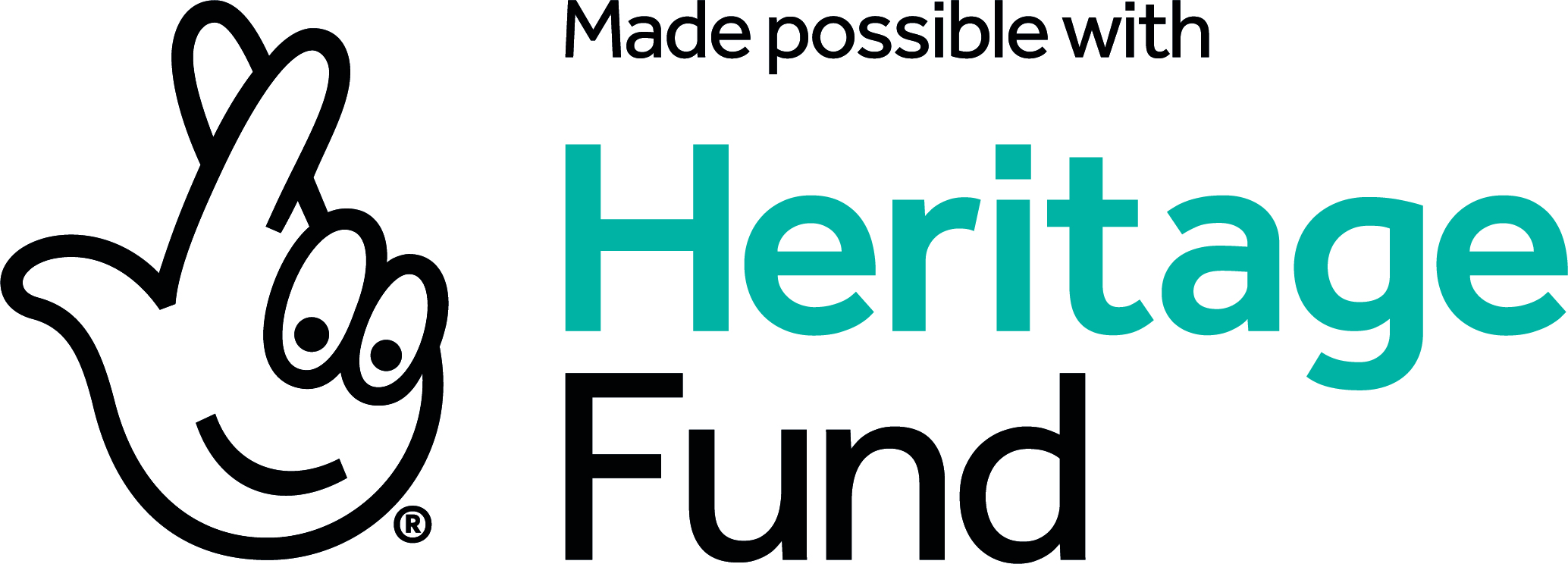You will need: 5 glass jars (or glasses/cups) that are the same shape and size, some water for pouring, a spoon/fork, a ruler. It is sometimes helpful to add a little food colouring too, but this is not essential.

Line the jars up and gently tap each one with the metal spoon/fork. They should make roughly the same sound. Now, fill the first cup with about 1 inch of water, the next cup with 3 inches of water, the third with 5 inches of water and so on. Its a good way to practise measuring with a ruler for your child. If you have food colouring, you may want to add it into the water now (this helps you to see the level of the water in the jar more clearly).
Now, tap the jars again. Do they make the same sound or different? Can your child explain why? Once you've read the info below, see if you can play a tune! We always try 'three blind mice'.
Here is the answer: Sound travels as a wave. In this experiment, tapping on the jars with the spoon causes the jar to vibrate. The vibrations in the jar are transferred to the air surrounding the jar, creating a sound wave. When the jars are all empty, the vibrations and the sounds are all the same. Adding different amounts of water to the jars causes the vibrations (and sound) to change.
Pitch is how high or low sound is. When you add more water to the glass, the pitch is low. This is because large amount of water in the glass makes it more difficult for the glass particles to vibrate, so the vibrations of the glass are slower and they have a lower frequency. When you add less water to the glass, the pitch is high. This is because the low volume of water in the glass allows the glass particle to vibrate more easily, so the vibrations of the glass are faster and have a higher frequency.



